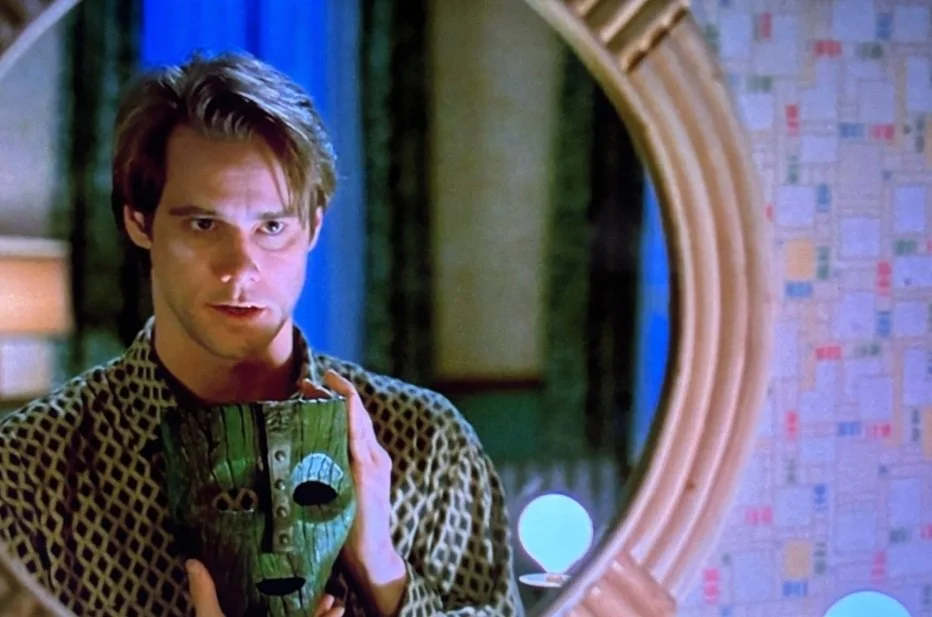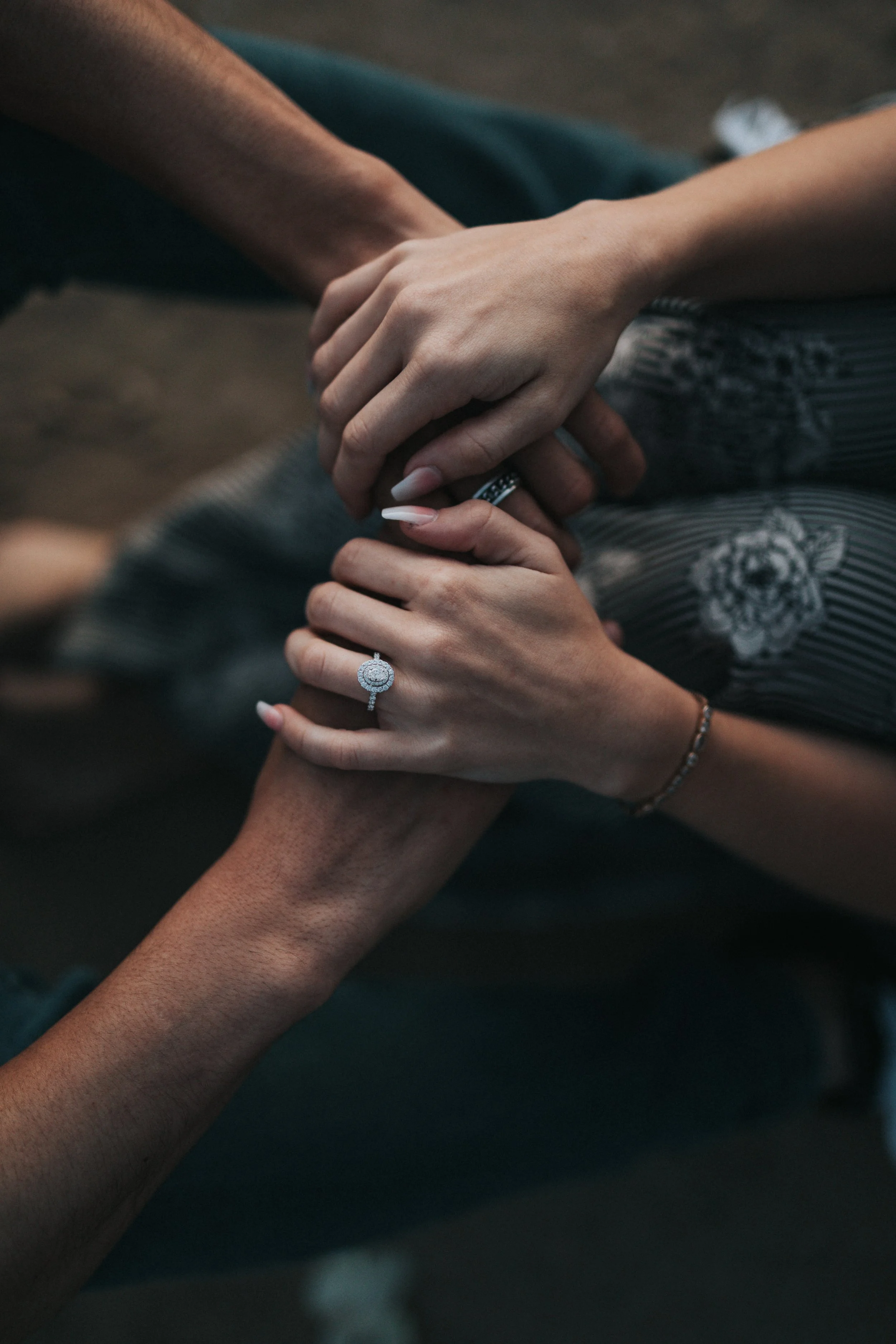In a conversation with Catherine Quiring of the Coming Home to Ourselves Substack, we explore the Enneagram through the lens of the show Ted Lasso, going into the importance of emotional intelligence, the role of instincts & subtypes in the Enneagram, and how these concepts can help individuals navigate their personal growth and relationships.
Relationship Patterns of the Three Enneagram Instincts
In a conversation with Jenn Pinkerton of the Redhead Reveal Podcast, we explore what kinds of relationship patterns the three Enneagram Instincts (Self-Preservation, Social, & Sexual) get stuck in and how to grow beyond. See how your & your loved one’s instinct sequence helps & hurts your connection!
How the Enneagram Adds Dimensions to the Genogram (ft. the Bridgertons)
How Brainspotting can Strengthen Your Relationships
Struggling with emotional triggers or intimacy issues in your relationships because you were hurt in the past? Brainspotting is a powerful trauma therapy that helps you release past wounds stored in the body—so you can clearly see and effectively attend to each new person and moment clearly for what it is, instead of what your old trauma ghosts tell you they are.
Enneagram & Personal Styling
How Different Enneagram Type Really Feels About Their Birthdays
What is Your Relationship Model?
How to Set Boundaries over the Holidays
Counterdependence: Why It's Hard to Ask for Help (and How to Heal)
3 Lessons Plants Taught Me
Which Enneagram Types are Romantically Compatible?
Two Quick Tips to Be Assertive
Concentric Circles of Connection
Therapy with Ibi - Anxiety, Insomnia, Relationships
Moving on from Toxic Relationships
Moving on from Trauma
Enneagram Type Six: What It's Like
Enneagram Type Nine: What It's Like
Enneagram Type Nines (Type 9s) are other-centered people who seek comfort and focus on pleasing others, aiming to ease conflict in their lives. This tendency can lead Nines to fall out of touch with their own emotions, especially with anger. Read about what it’s like being a Type Nine from therapist Lorren Penner.


























